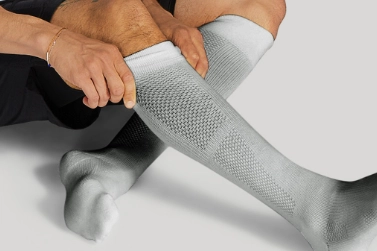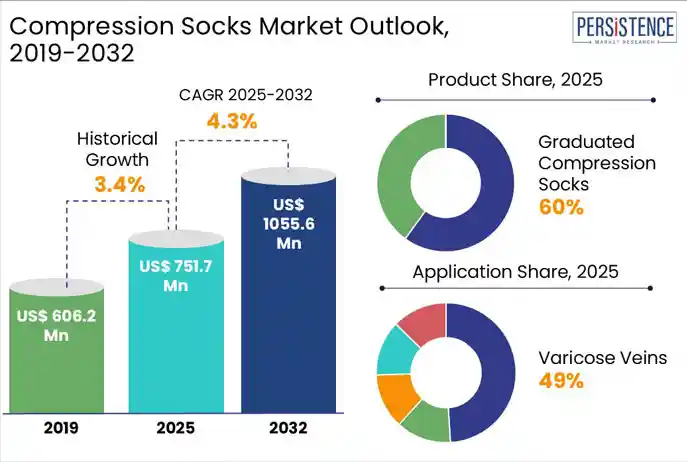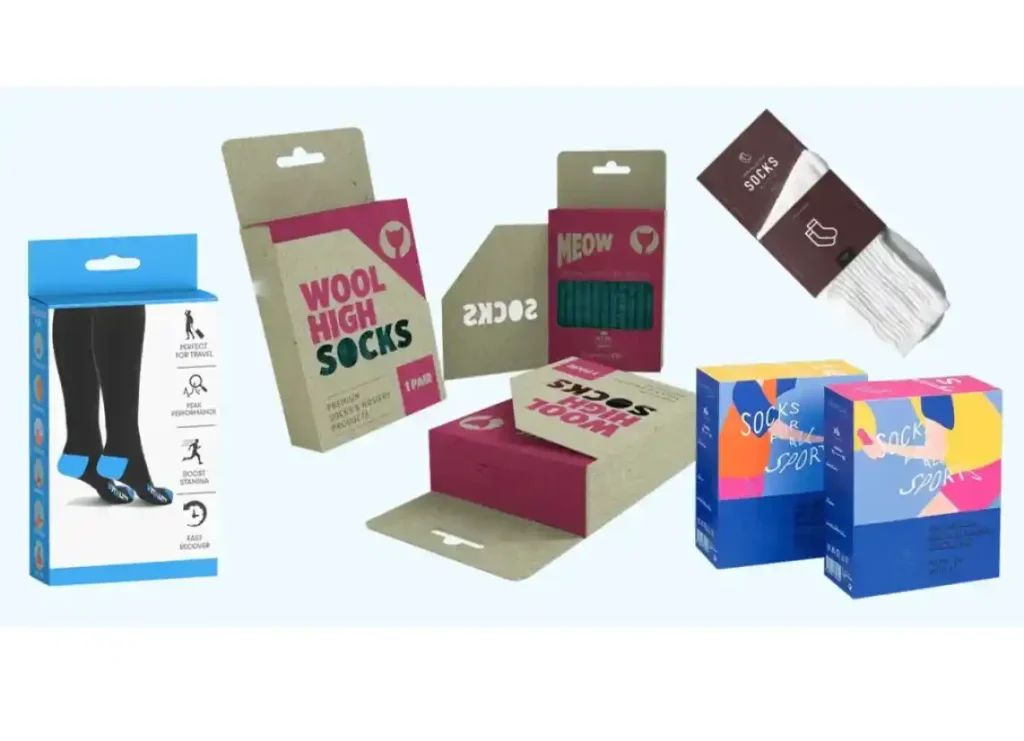Introduction


Foot health solutions have become a high-growth niche for brands looking to differentiate themselves. That’s where the allure of two specialized categories emerges: diabetic socks vs compression socks. Each addresses distinct pain points. One aims to safeguard sensitive feet from friction and injury, while the other focuses on boosting circulation and alleviating leg fatigue. Elevated consumer awareness means more shoppers are seeking targeted support—and that translates into fresh profit potential for forward-thinking retailers. This niche offers a unique blend of medical-grade technology and practical fashion.
By tapping into the latest advancements in materials and manufacturing, brands can establish credibility, expand market share, and ultimately empower their customers with solutions that go beyond mere comfort. Because when it comes to essential health products, modern buyers expect more than basic functionality; they demand excellence.
Market Trends: Why Retailers Need to Stock Both Categories

Rising Diabetic Population and Healthcare Demand
The global prevalence of diabetes has reached alarming levels, with over 800 million adults affected as of 2022—a figure that has more than doubled since 1990. This surge underscores an escalating demand for healthcare products, including diabetic-friendly socks designed to minimize foot injury risks. Projections indicate that by 2045, approximately 783 million adults will be living with diabetes, highlighting a critical need for preventive measures and specialized footwear.
Athleisure Boom: Compression Socks Expanding Beyond Medical Use
The athleisure trend has significantly influenced consumer preferences, blending athletic and leisure wear for both style and functionality. This shift has propelled the demand for performance-oriented products, including compression socks. The global compression socks market is projected to grow from $751.7 million in 2025 to $1,055.6 million by 2032, reflecting a compound annual growth rate (CAGR) of 4.3%. Advancements in fabric technology, such as moisture-wicking materials and gradient compression designs, have broadened their appeal beyond medical applications to everyday wellness and sports performance. Athletes, travelers, and individuals with occupations requiring prolonged standing are increasingly adopting compression socks to enhance circulation and reduce fatigue.
Compression Socks vs. Diabetic Socks: What’s the Real Difference?

As a sock manufacturer working with both medical-focused and lifestyle brands, I know how easily these two product types get confused. But diabetic socks and compression socks are fundamentally different in purpose, design, and suitability. Here’s a clear side-by-side comparison I often share with product teams:

For a more in-depth comparison of these two sock types—including use cases, design specs, and wearability tips—read our dedicated blog on diabetic vs. compression socks.
Customization Strategy: Diabetic vs Compression Socks

Custom Options Retailers Can Offer
- Diabetic Socks: Optional forefoot padding or antibacterial finishes.
- Compression Socks: Choice of 10–15, 15–20, or 20–30 mmHg levels.
Read our full customization guide for diabetic socks
Explore detailed compression-level options
Packaging and Branding Considerations
Compliance Labels: Clearly state pressure range and wash care for medical-grade items.
See our packaging best practices
Conclusion
The specialized hosiery market is experiencing significant growth, with diabetic socks projected to reach $376.6 million by 2030, expanding at a 7.1% CAGR from 2025 to 2030. Similarly, the compression socks market is anticipated to grow from $751.7 million in 2025 to $1,055.6 million by 2032, reflecting a 4.3% CAGR. For brands and retailers, these trends present a prime opportunity to meet the rising consumer demand for both diabetic and compression socks.
At Max Hosiery, we specialize in delivering high-quality, customizable diabetic and compression socks tailored to your market needs. Ready to grow your product line with confidence? Contact us for sample packs, OEM options, and tailored branding solutions.
FAQs That Help Close the Sale
Can diabetic patients wear compression socks?
Yes, but only if their neuropathy is mild and circulation is properly assessed beforehand. Light compression (10–15 mmHg) is recommended and should always be used under medical supervision to avoid circulation issues.
What level of compression is safe for older adults?
For most seniors, 15–20 mmHg provides effective daily support without discomfort. Compression levels above 20 mmHg require a doctor’s prescription due to potential risks like restricted blood flow.
How often should these specialty socks be replaced?
Specialty socks lose elasticity over time, typically requiring replacement every 3–6 months. Replacing them sooner ensures the socks maintain their protective or compression functions effectively.
Can these socks be machine-washed without losing effectiveness?
Yes, but use a gentle wash cycle and avoid fabric softeners, which can damage fibers responsible for compression and moisture management. Air drying is recommended to preserve the sock’s shape and functionality.
How do I build a category with both types?
Create clear segments like “Daily Foot Protection” for diabetic socks and “Active Circulation Support” for compression socks. Use descriptive signage and suggest complementary purchases to guide customers to the right products.
